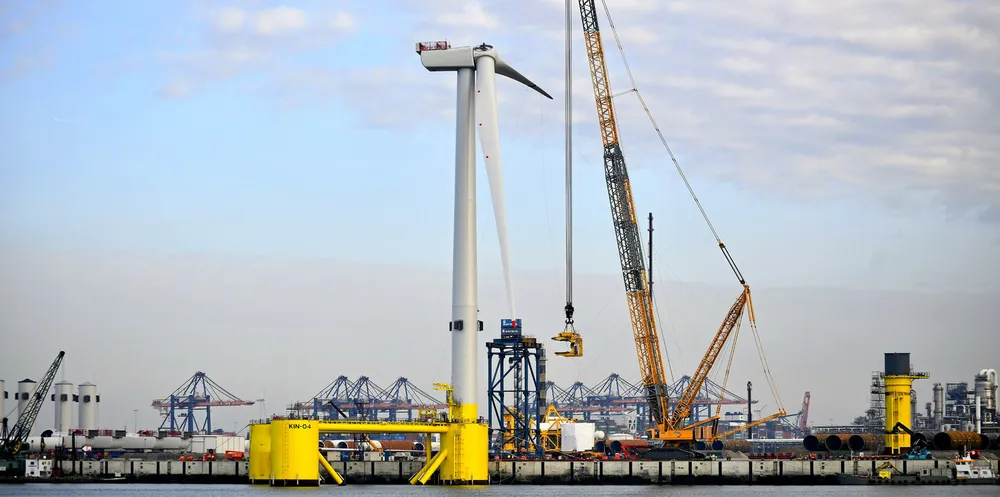Trio of floating wind power pilots tack forward in 'vital step' for Celtic Sea play
UK Crown Estate greenlights 100MW Whitecross and Llŷr and Llŷr 2 arrays for 'technical competence, delivery capability and technological innovation' ahead of environmental impact check

Three floating wind arrays vying for development in the Celtic Sea have cleared a hurdle a key check by the UK’s seabed landlord, the Crown Estate, for their “technical competence, delivery capability and technological innovation”.
Green is the new black. Subscribe to Accelerate
Get the market insight you need into the global oil & gas industry's energy transition – from the new newsletter from Upstream and Recharge. Sign up here
The trio, the 100MW Whitecross, being planned by Offshore Wind Ltd – a partnership between Flotation Energy and Cobra – off the coast of south-west England, and the same-size Llŷr 1 and 2, under development by Floventis Energy – a joint venture between SBM Offshore and Cierco – off Wales, were called a “vital step” in the UK’s offshore wind ambitions.
“Innovative projects like these represent a vital step towards the UK’s ambitions to develop floating wind at a commercial scale,” said Huub den Rooijen, managing director of the Crown Estate’s Marine portfolio.
“Not only do they help support the commercialisation of the market while bringing down costs, they are key to testing new designs, materials and construction methods while creating new opportunities for the regional supply chain.
“This sort of new technology will have an important role to play as the UK transitions to net zero, helping unlock new energy capacity, while potentially helping to reduce the impact on the marine environment.”
The projects, which will each test “new foundation and mooring technologies, new designs, materials and construction approaches”, will now face a so-called habitats regulations assessment to assess possible environmental impacts. Passing these would qualify the three to be granted seabed agreements for lease.
The UK government’s target is to deliver 1GW of floating wind capacity in its waters by 2030.
Industry body RenewableUK’s director of future electricity systems Barnaby Wharton said: “Projects like these... can stimulate further investment in the UK supply chain for floating wind, manufacturing state-of-the-art technology not only for projects here but also for the global market which is expected to be worth at least £230m ($318m) a year by 2031 to UK exporters.
“And the more floating wind we install in British waters, the cheaper it will become; this innovative technology can repeat the success of fixed-foundation offshore wind by becoming subsidy-free within a decade.”